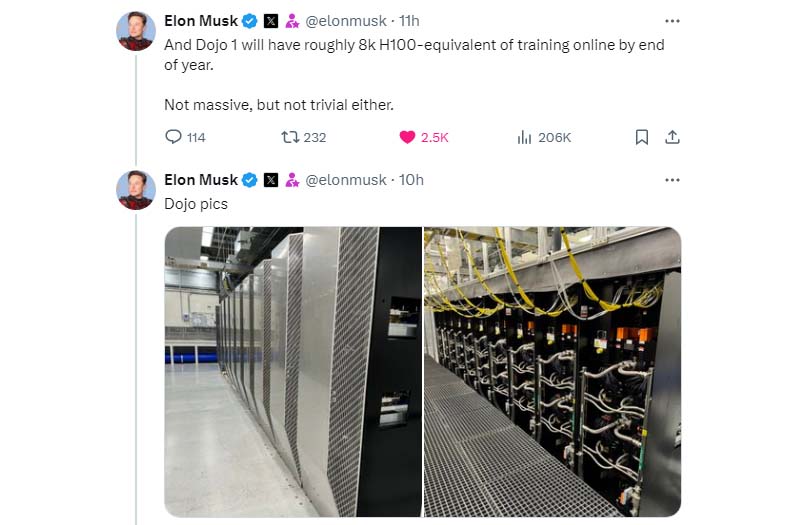Tesla’s Full Self-Driving (FSD) technology is taking a significant leap forward with the rollout of v12.5. This update, confirmed by Elon, marks a pivotal moment in the company’s autonomous driving journey, initially targeting Model Y vehicles equipped with HW4.0.
The decision to prioritize HW4.0-equipped Model Y vehicles for the FSD v12.5 rollout is strategic. With five times the computing power of its predecessor, HW4.0 provides the ideal platform for Tesla to showcase the full potential of this update.
FSD v12.5 boasts a fivefold increase in model parameters, a substantial upgrade that promises enhanced decision-making capabilities. While HW3.0 can theoretically support this increased parameter count, it requires extensive code optimization to match the performance on HW4.0 systems.
Tesla’s cautious approach involves confirming smooth operation on HW4.0 before expanding the rollout. This method allows for real-world testing and refinement, ensuring a stable release for the broader Tesla fleet.
Elon’s revelation about Tesla’s in-house Dojo system is groundbreaking. By year-end, Dojo is projected to achieve computing power equivalent to approximately 8,000 H100 GPUs, or around 8 EFLOPS. This massive computational capacity underscores Tesla’s commitment to advancing AI technology in autonomous driving.
Tesla’s Q2 earnings report highlights the company’s ambitious AI training capabilities. Currently boasting the equivalent of 35,000 H100 GPUs in training power, Tesla aims to increase this to about 90,000 H100 GPUs by year-end. This exponential growth in computing power is set to accelerate FSD development significantly.

While FSD developments capture headlines, Tesla’s energy division is making significant strides. Mike Snyder, Tesla Energy Senior Director, reports strong Q2 contracts and secure orders extending into 2025 and 2026. This forward-looking approach justifies the 80 GWh/year capacity of Tesla’s factories in China and the US.
Snyder’s acknowledgment of intense competition from Chinese OEMs in the energy sector mirrors challenges faced in the automotive market. Tesla’s response? A vertically integrated approach offering fully integrated products, mirroring its successful automotive strategy.
With 40,000 AI4 units deployed in the development cycle, Tesla is doubling down on its commitment to rapid iteration and improvement. This massive deployment enables faster end-to-end model development and issue identification, paving the way for more frequent and impactful FSD updates.
As Tesla continues to push the boundaries of autonomous driving technology, one thing is clear: the future of FSD is looking increasingly self-assured.
